Lightweight and affordable, Hunter 350 is not a Bullet seen till now

Mail This Article
Royal Enfield is known for keeping pace with the ever-changing two-wheeler market. And, it doesn't need to be taught how to keep up with the user's mind if it wants to hold the field. It has risen beyond the label of classic bike makers and the variety of models the company churns out underlines this fact. These days, new models are coming out of the Royal Enfield stable balancing classic heritage with modern design and technologies. The latest model, the Hunter, can be placed a step ahead in this aspect. Because the Hunter 350 is completely different from all the Enfield models seen so far. Here is a report on a detailed test ride of the Hunter, a new hunting model in the market.
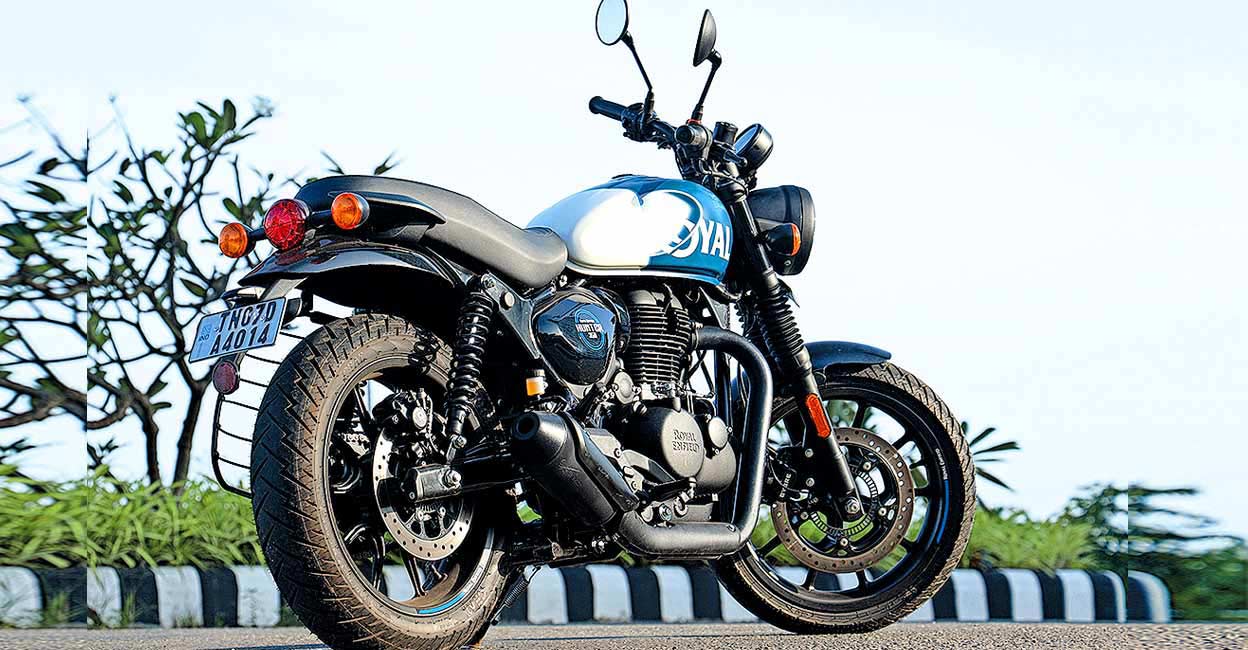
A new face
It took a strong body and plenty of guts to handle the old models of Enfield. There are many people who have bought one on a whim, struggled to handle it, and sold it in despair. Modern models have given some relief in this regard, but most models were too tall and too heavy for some. Hunter comes as a big relief to such people. A compact model with low height and weight, and very easy to handle. Undoubtedly, it is the smallest model in the Royal Enfield range -- it weighs only 181 kg and the height of the seat is only 790 mm.
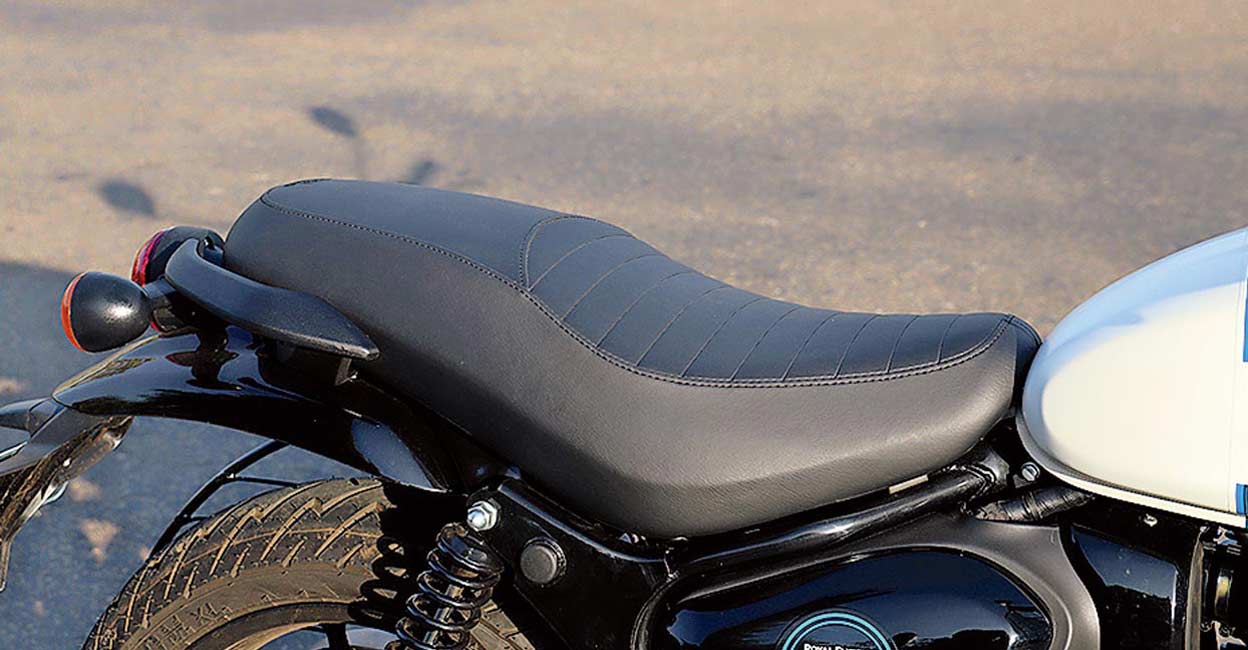
Retro classic
Hunter is a combination of retro classic designs. The look is reminiscent of models like the Triumph Street Twin. That is what draws most people to the Hunter. It can be described as a modern retro roadster. The Hunter's design reflects the design features of retro roadsters such as a round headlamp, teardrop-shaped fuel tank, compact side panel, single seat, slightly raised and compact tail section, short rear silencer and wide rear tyre.
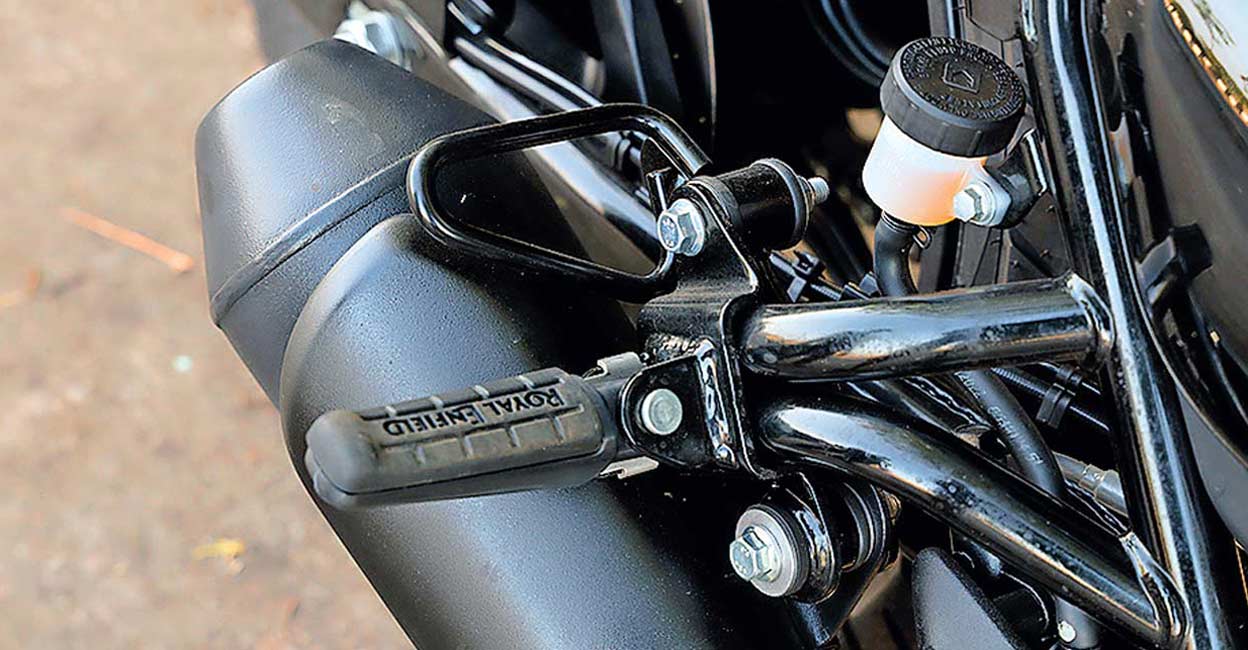
The cutting on the fuel tank is innovative to accommodate the knees. The script and graphics, similar to the lettering on the fuel tank of the Scram 411 model, give it a sporty feel. The simple yet elegant design of the side panel and the heel rest adjacent to the pillion foot peg are well thought-out additions. If not, the heel part of the shoes of the pillion rider will hit the silencer. All lights are halogen, shunning the luxury of LEDs. The Hunter 350 gets a single-pod part-digital instrument console. The speedometer is analog but the digital meter is equipped with fuel gauge, clock, gear position indicator, two trip meters and other warning lights. The Hunter also offers tripper navigation as seen in the Meteor and Classic as an option.
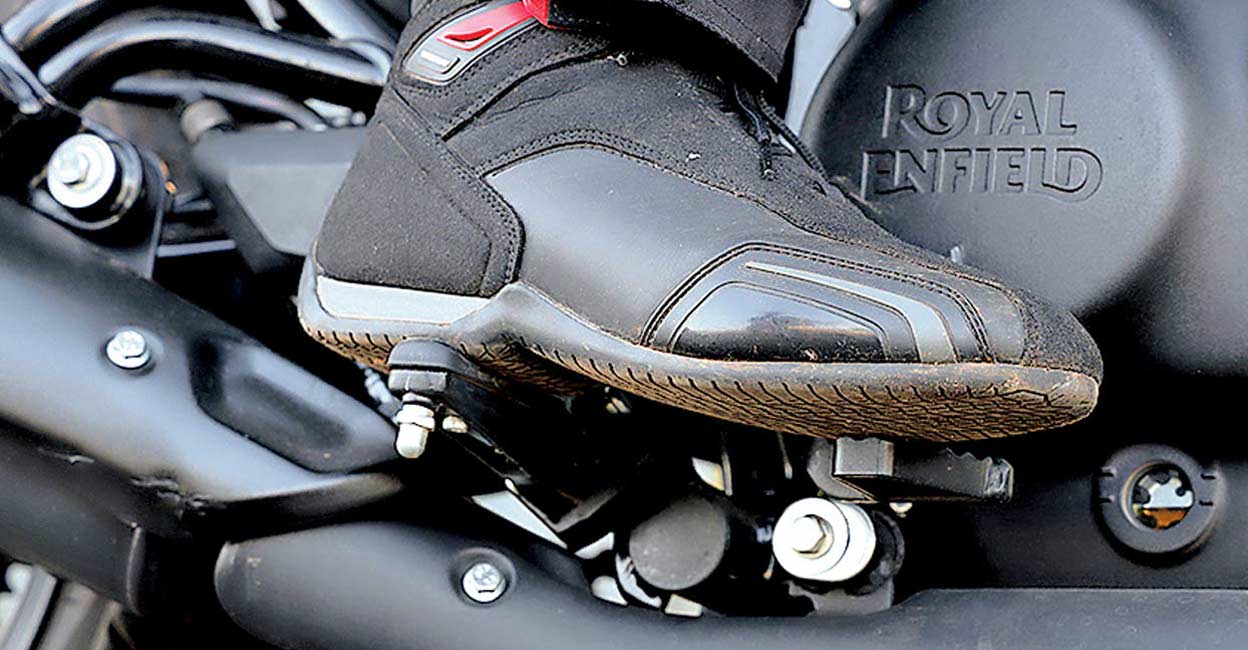
J-platform
The Hunter is based on the same J-platform that underpins the Meteor and Classic. This is the third model using this platform. The excellence of that platform in terms of handling and stability has already been proven. Though the base of all the three is the J-platform, the rear of the frame is shorter on the Hunter. Moreover, a new subframe has been provided.
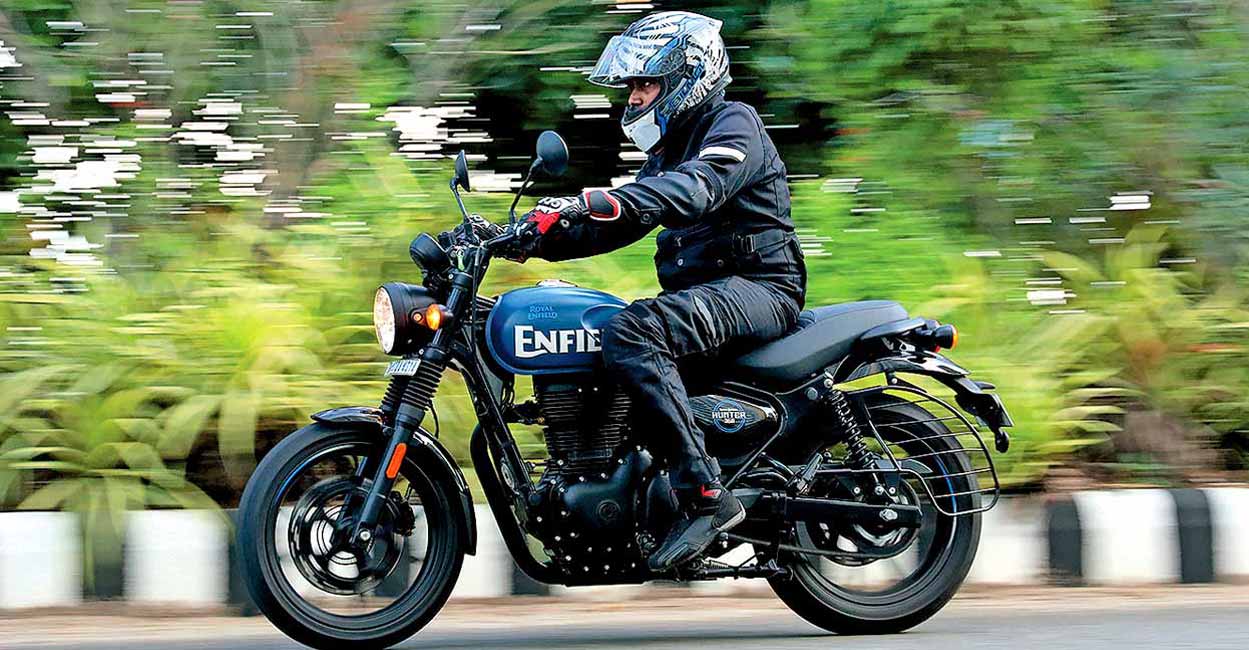
Engine & ride
The Hunter 350 shares the same engine as the Meteor and the Classic. But there is a difference in tuning. Power and torque remain unchanged and the 5-speed gearbox has a short throw and shifts are precise. The engine tuning is done in a way to bring out the best performance in the low end and mid-range and best suits city rides and short trips. The top-end power delivery is not that great. Another highlight of the Hunter is the exhaust note. The slightly raspier note is different from the Enfield sound that we have heard so far. Those with short stature and women can easily handle the Hunter. Though it weighs 181 kg it doesn't feel that much when riding.
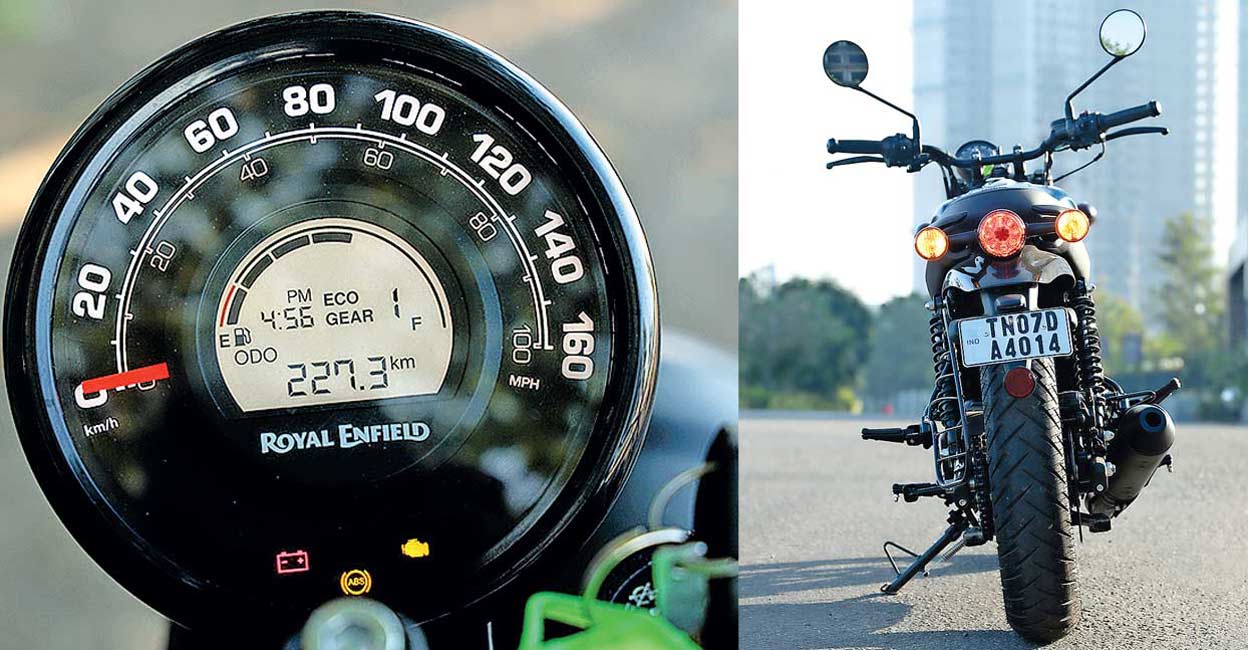
The Hunter 350 does not have a cruiser type riding position. The rider needs to slightly lean forward. The riding stance becomes sporty due to the foot pegs are rear set and the handlebar that is wide. Excellent throttle response is a key characteristic of the Hunter 350. The less weight is reflected in the performance. The Hunter is better suited for short daily trips than long distance travel. It can negotiate city traffic easily. Turns and twists are easily handled compared to other Enfield models.
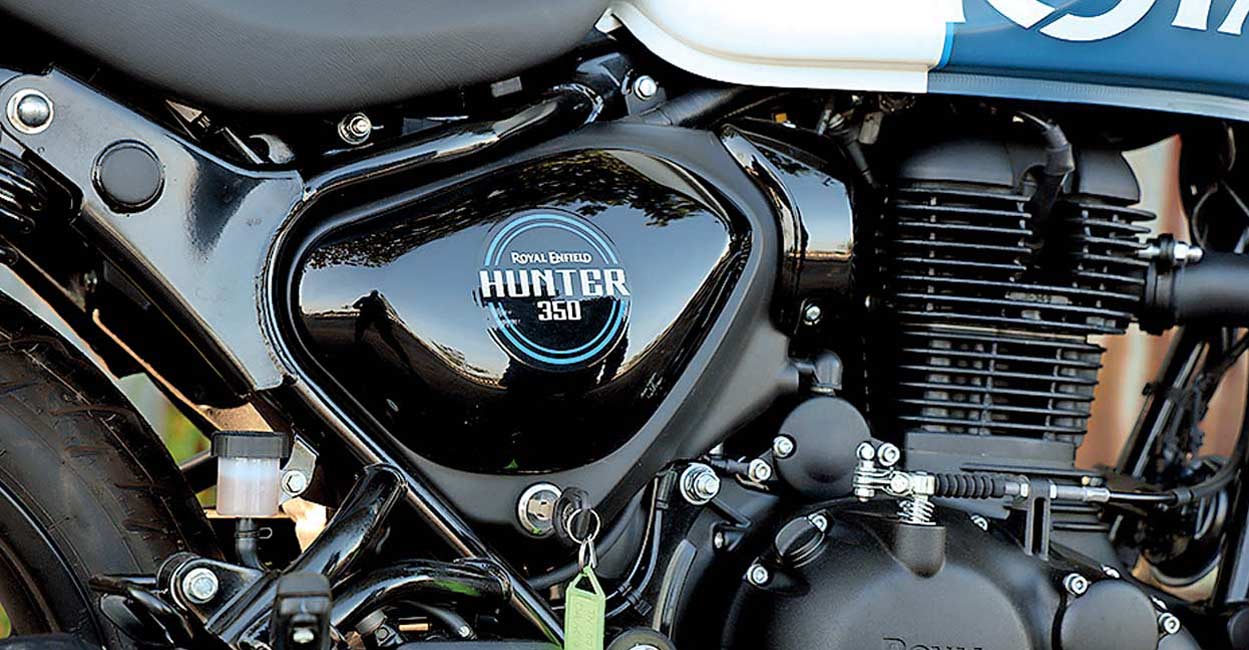
Even after riding 80-90 km in one go, there was not a bit of tiredness. The twisty road ride is fun on the Hunter. Turns can be taken at good speed. Straight line stability is also excellent. The suspension has been tuned to provide better stability and is a bit stiff. It rides on 17-inch alloys, a first for a Royal Enfield model. Ceat's wide tires provide good grip. Disc brakes on both wheels and dual channel ABS ensure safe braking.
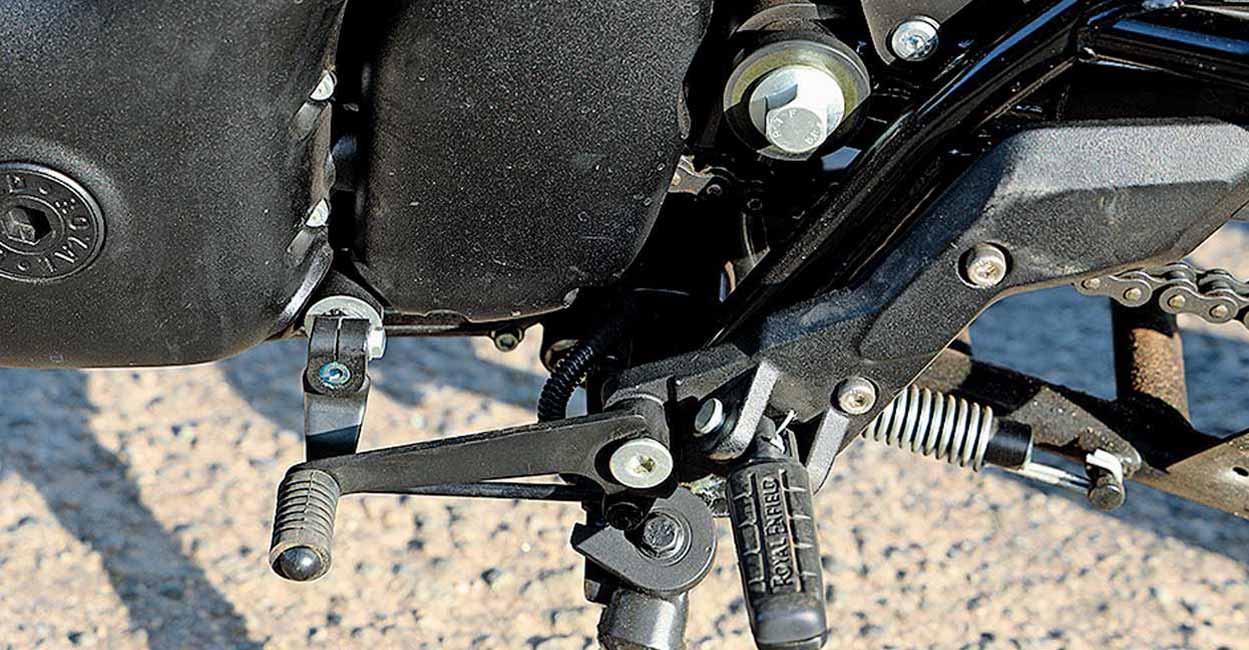
Variants
There are two variants, Retro and Metro. The Retro is the entry level variant. The Metro sports alloy wheels while the Retro has spoke wheels. There is also a difference in tire size between the two models. The Retro has 110/80 17 and 120 /80-17 tyres while the Metro has 110/70-17 and 140/70-17 tyres. The Retro has drum brakes. Moreover, there is only single channel ABS. The Metro has dual channel ABS. There are slight differences between the two variants in the indicator, grab rail and speedometer. The Retro comes with a meter with a small digital unit. The Retro also has a single colour theme called Factory Series. The Metro will be available in two colour series – Dapper Series and Rebel Series.
The final lap
The Hunter 350 is a Royal Enfield model that can be used by any age group and those with any body type. Moreover, it features aggressive design, a refined engine, sporty ride and low price. A variety of accessories are also available for the Hunter.

